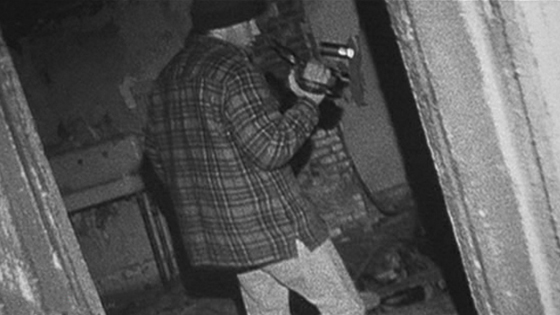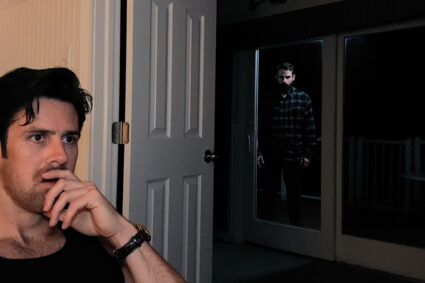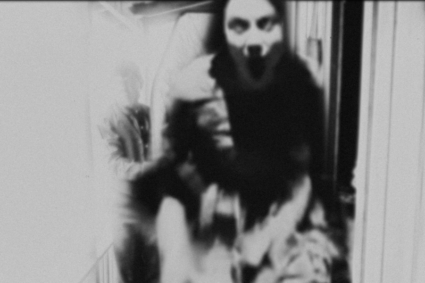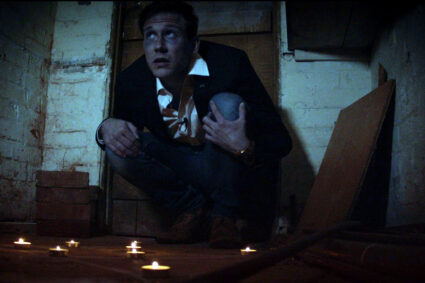
It has been over twenty years since Ringu hit our screens with a vengeance. Never before had one little girl been so utterly terrifying. The key to the movie’s success was the fact that it featured technology we find in our own homes—the simple videotape—to bring fear, death and bloody destruction. It certainly wasn’t difficult to imagine Sadako, hair dripping wet, crawling out of our own television sets. So how is technology driving current trends in horror?
Relating to a young audience
Embracing current technology has made horror movies relatable to young audiences. Take the movie Unfriended, a tech-driven film which feeds off teenage anxiety using every stereotype in the book. In between the prom queens, drama queens and ham acting, there was one underlying message: Technology will lead to our downfall. No wonder smartphones are keeping us from sleeping at night. The movie and its sequel Unfriended: Dark Web are prime examples of how terrifying the influence of tech can be. A teenage girl is driven commit suicide because an embarrassing video goes viral. As an audience member I just want to give her a shake and tell her that there are worse things to worry about in life. This kind of online shaming however is deeply ingrained into children as young as six or seven you only have to watch the “Diaper hands” scene in Diary of a Wimpy Kid: Road Trip to see this.
Technology driving the story
What Unfriended does successfully however is to bring storytelling into the modern age through the use of Facebook, Instagram and YouTube. The fact that the movie is filmed from the perspective of the computer screen is a little “Blair Witch,” which is an interesting and successful concept. There is certainly a lot of fear that can be delivered from the view of one little laptop. Perhaps Unfriended should be a message to us all: just switch the computer off.
Speaking of Blair Witch
In terms of using technology, the original Blair Witch Project movie blew the horror world away. It was low-budget, yet revolutionary in terms of filming. The movie went on to be extremely influential to other directors. You just have to watch Cloverfield, [REC], the Paranormal Activity series, and any number of other “found footage” movies to see the impact that Blair Witch had by integrating technology into the story in a way that informed how the movie was made.
It’s all about the phone
Smartphone horror can almost be considered a subgenre and this will only continue to evolve. Let’s not forget that many of the technology-driven movies, such as Stephen King’s Cell which was released in 2016, could have been considered speculative fiction when it was first published in 2006. Back then we were all still carrying Nokias or the good old Blackberry. The 3G network was just starting to make internet access possible. Flash forward to today and the phone has become the horror tech of choice.
Consider this, 95% of Americans own a cell phone. This familiar little device sits in our pockets and opens us up to being contacted anytime, by absolutely anyone. All kinds of real life and supernatural horrors can be borne of this one little device. It is a filmmaker’s dream to create terror from something familiar to all of us. Already, we have such cellphone-based delights as When a Stranger Calls (2006), One Missed Call (2008), The Caller (2011) and Don’t Hang Up (2016). Producers and writers are thinking outside the book too, with visceral classics such as Pulse (2006) and the bizarre and possibly underrated #Horror (2015). We always needed to know about the utterly creepy game of Slashtag.
So what for the future?
How technology will shape future horror movies remains to be seen. Do we expect WhatsApp and Snapchat movies, complete with scarily imposed faces? Perhaps Google Glass will come into play? Or maybe we will be returning to the old school as everyone rebels and deletes their Facebook and Instagram accounts?
With horror more viable than ever, it will certainly be interesting to see what the movie makers come up with to keep young audiences engaged.















